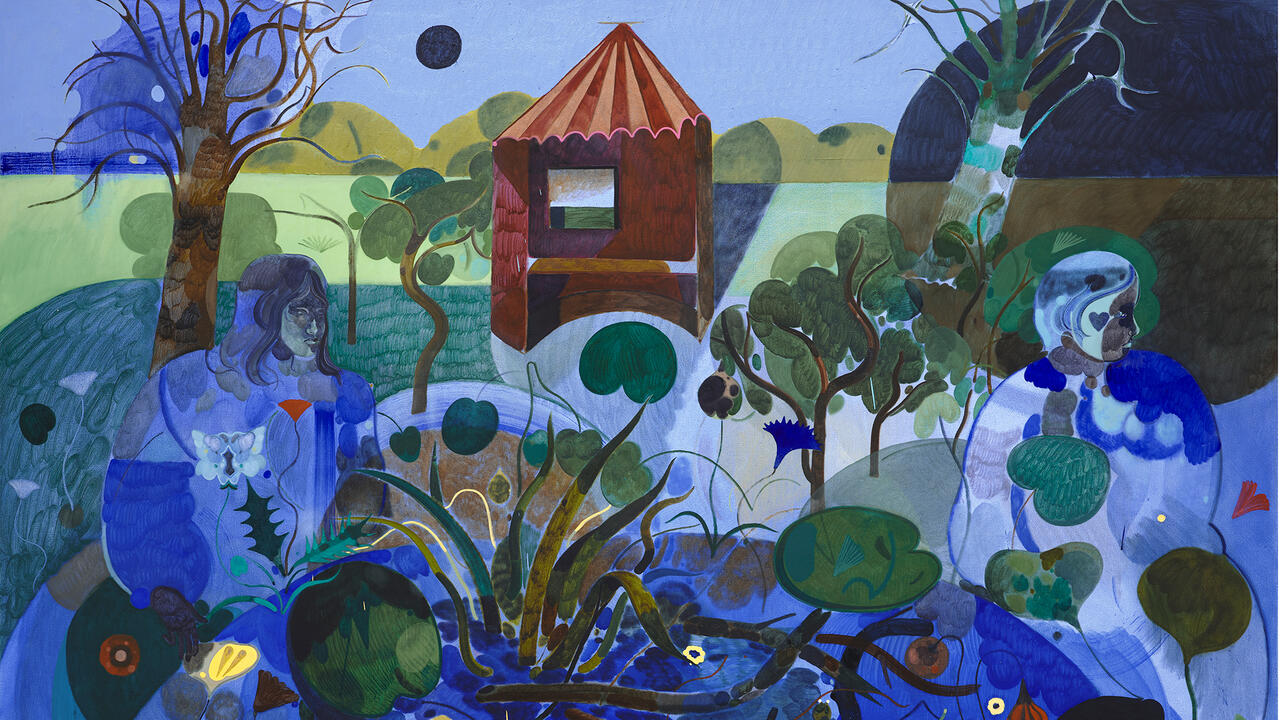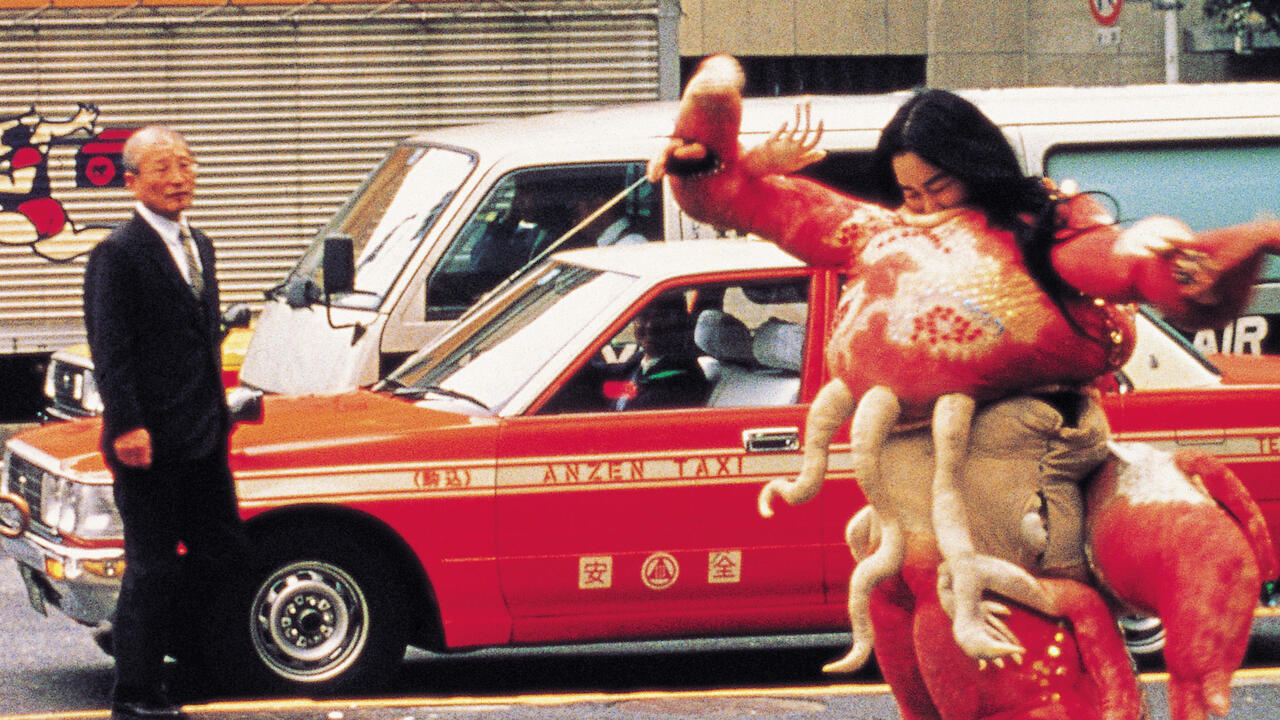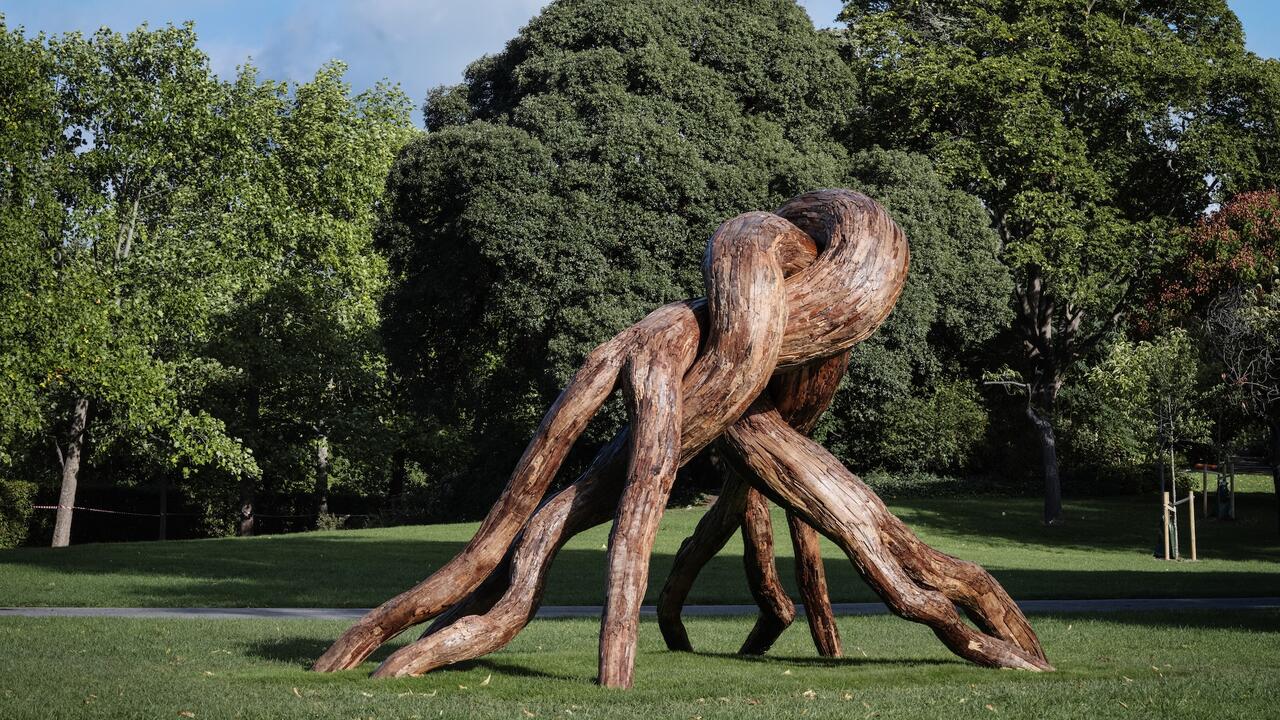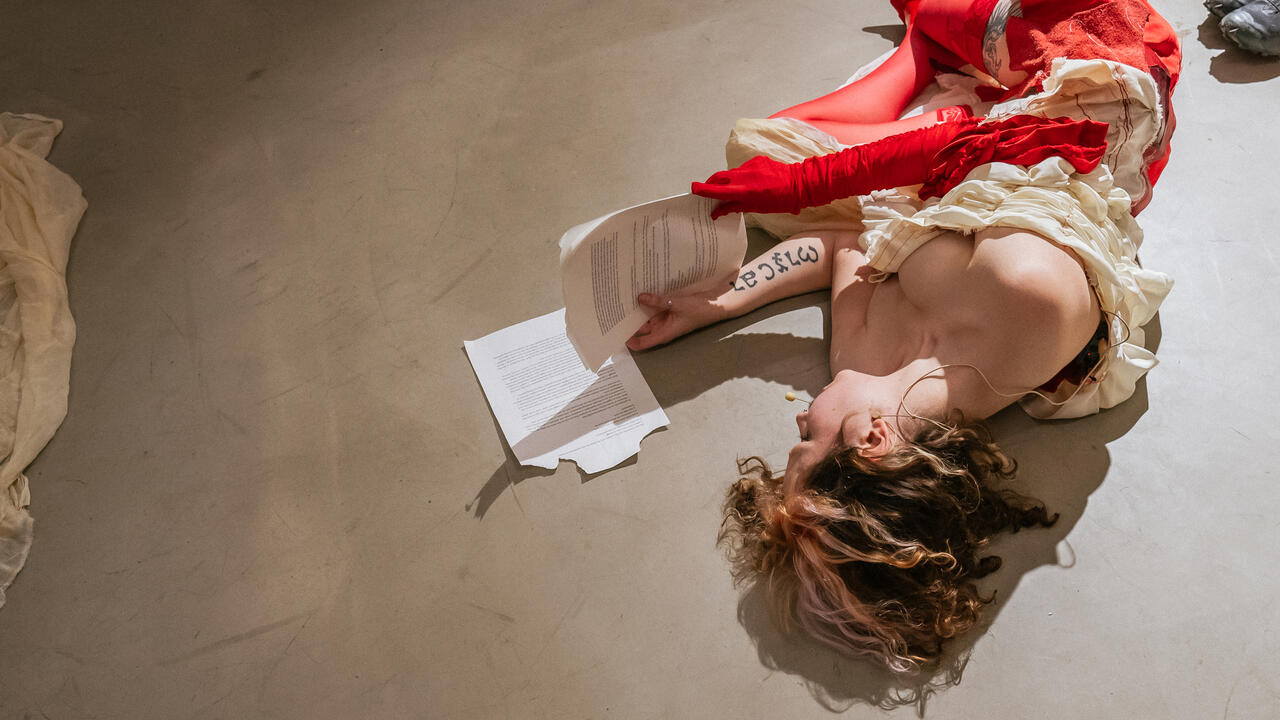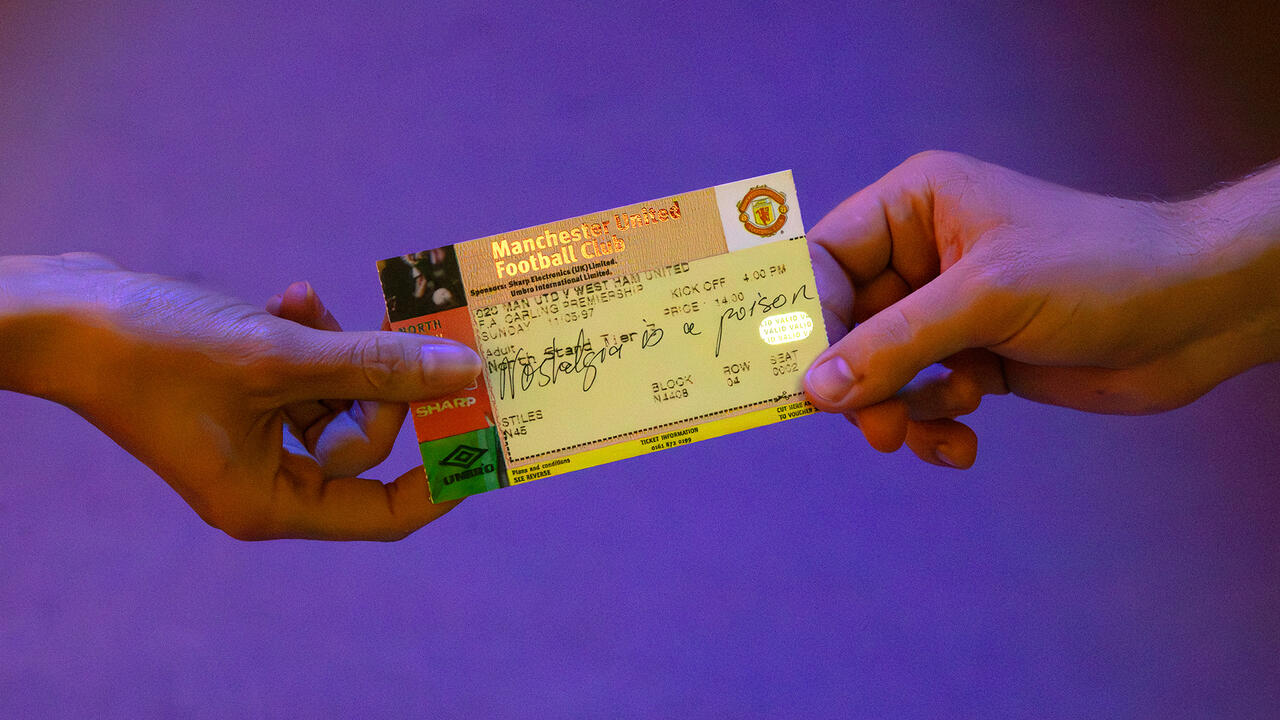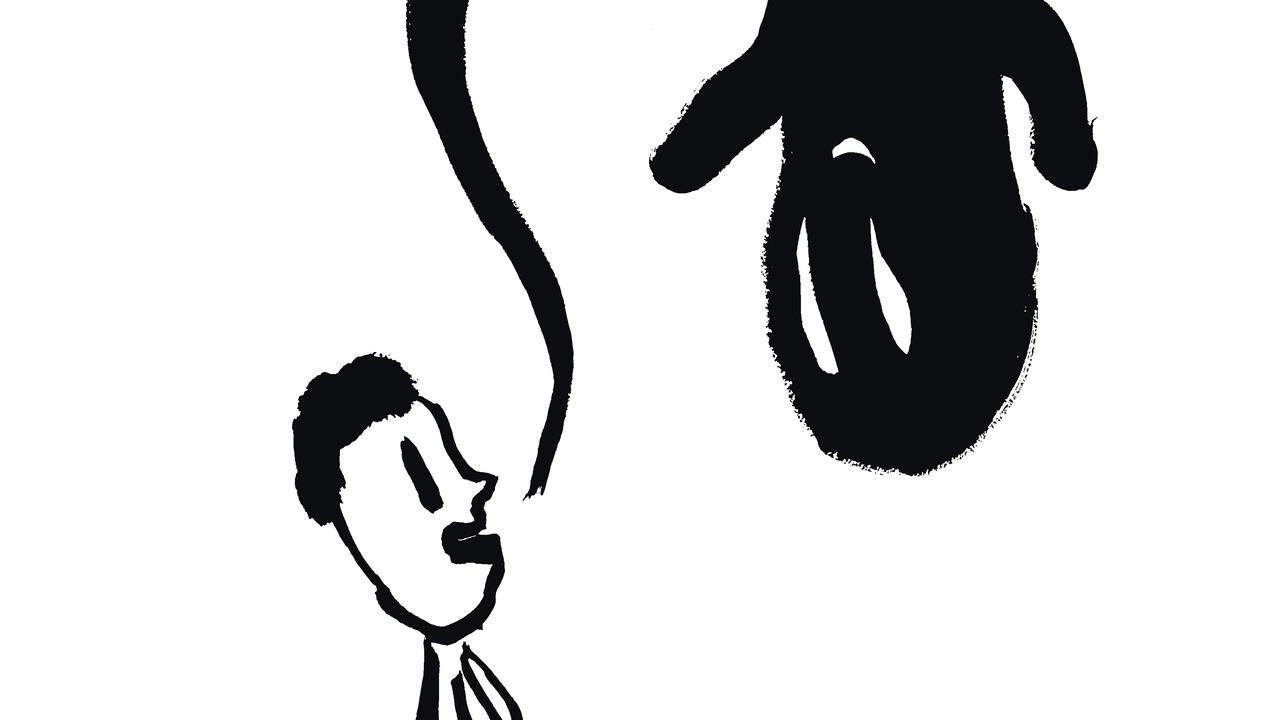How to Measure the Value of Museums?
A brief look at arts funding, the future of museums, and the dangers of efficiency
A brief look at arts funding, the future of museums, and the dangers of efficiency
What is the value of art? Can we put a price on it? A recent report commissioned by the UK national collection body, the Art Fund, and one of its chief benefactors, the Wolfson Foundation, reveals that public funding to museums has decreased by 13 percent in real terms over the past decade: from GB£829m in 2007 to GB£720m in 2017. Authored by historian and President of the Royal Academy, David Cannadine, it argues that this lack of resourcing has left UK museums in a perilous position: underfunded, low in morale and unable to fulfil their duty as custodians of art for present – let alone future – generations.
The situation is depressing but unsurprising, as Cannadine points out: ‘Across the last 300 years, the British state has been notoriously mean in its support for the arts in general, and for museums and galleries in particular.’ He notes that the GB£618m that the Department for Digital, Culture, Media and Sport and other London-based official bodies allocated to England’s museums and galleries in 2016–17 amounts to less than one percent of total government spending. He cites a recent survey showing that ‘the UK government spends less on culture, in percentage terms, than Denmark or France – or Hungary or Latvia’.
Cannadine paints a grim landscape for the future of galleries and museums in the UK – one equally bleak in the US with the defunding of the National Endowment for the Arts and the National Endowment for the Humanities put forward in the recent 2019 budget proposal. But all of this begs the question: are we looking at the right numbers? In his recent book, The Growth Delusion: The Wealth and Well-Being of Nations (2018), longstanding journalist and Financial Times editor David Pilling argues that using Gross Domestic Product (GDP) as our de facto measure of a country’s economic health and prosperity distorts the picture. Based on a logic of ever-increasing economic growth, GDP blindly privileges output and productivity, leaving no room to think about the point of it all: does growth bring happiness?
Invented in the 1930s, GDP was a pretty good measure for the industries of its time but is less effective for measuring sectors with a more nuanced palette, such as arts and education, or our increasingly digital economies. GDP also pays no heed to the very things underpinning productivity. For example, if a forest is chopped down to build a factory, only the economic benefit is counted; no negative value is attributed to the destruction of the environment nor are positive forms of so-called informal and ‘invisible’ labour, such as housework and raising children, factored in. As far as the Office for National Statistics is concerned, if you can’t put a pound sign after it, it doesn’t exist.
Cannadine credits Tony Blair’s New Labour government for providing a much-needed impetus in museum funding in the mid-1990s: money poured in from the Heritage Lottery Fund and up sprung a number of new museums outside of London via the programme – titled, in that typically 1990s strain of optimism, ‘Renaissance in the Regions’. But this shiny new money came with strings attached. The boost in funding introduced measurable targets: increasing audience figures, education outreach and community engagement. With revenue came quantifiable goals and objectives: ‘National government and local authorities were willing to give increasing amounts of money to museums and galleries in exchange for constantly improving visitor numbers. But this, in turn, meant that […] museums and galleries were not only (or even primarily?) appreciated as repositories of great art and curatorial expertise: rather, they were repurposed as the means of delivering wider policy agendas.’
No one would question that publicly funded institutions need to be accountable, but perhaps we are measuring the wrong things – or measuring the right things the wrong way. If audience numbers are the sole arbiters of museums’ value then perhaps we’re missing the point of museums in the first place: their roles as places of learning, scholarship, contemplation, conservation and curation. Personally, when weighing up whether a museum is doing a good job or not, I first of all look to its programme.
‘The problem with our obsession with growth is that we do not count the negatives. You cannot call it a trade-off if you only measure one side of the equation,’ says Pilling. If resources are finite and budgets are shrunk, then something has to give. Cannadine notes that a number of museums have cut staff or downgraded full-time staff to part-time or unpaid volunteers. Museums have had to decide where their focus lies: the programme? Acquisitions? Education? Pick a card. The reality is that the UK arts and culture sector – and the education sector, too, sadly – is administrated like any other industry with performance targets, achievable goals, flip charts and statistics, meaning the pecking order gets top-loaded with those areas that are ‘measurable’. Along with organizing exhibitions, curators are now compelled to be salespeople, politicians and celebrities: sweet-talking patrons, pressing flesh with funders and raising their spaces’ media profiles. Most insitutional curators must also produce at least one blockbuster show per year – or else.
Back to Blair: Pilling mentions, as a warning, the ‘Delivery Unit’ (those titles again), which was created in 2001 and headed by former teacher Michael Barber to benchmark the provision of public services of health and education. The media mocked Barber’s approach as ‘deliverology’. (‘If you can’t measure it, you can’t manage it,’ as Peter Drucker, a management consultant, once said.) The result, as Pilling notes, was that: ‘Hospitals would seek to meet targets for heart patients by treating the easy cases and shunning the harder ones. Schools stopped admitting less gifted children.’
It’s a sobering reminder for those tasked with administering the purse strings of our museums and galleries, and a harsh reality for the curators tasked with running them. Promoting efficiency over quality and using quantitative measures for qualitative results is like comparing apples with oranges: forgetting that these standards often exist in different dimensions. Pilling observes that ecological economists have tried to model the monetary value of the planet on similar economic terms: ‘intangible capital’ they call it. ‘What is the price of things as subjective as the ocean’s aesthetic, artistic, educational, spiritual and scientific benefits?’ he wonders. It’s a good question. Perhaps we shouldn’t try and answer it with a number.
This article appears in issue 194 of the April 2018 print edition, with the title ‘Go Figure’.





